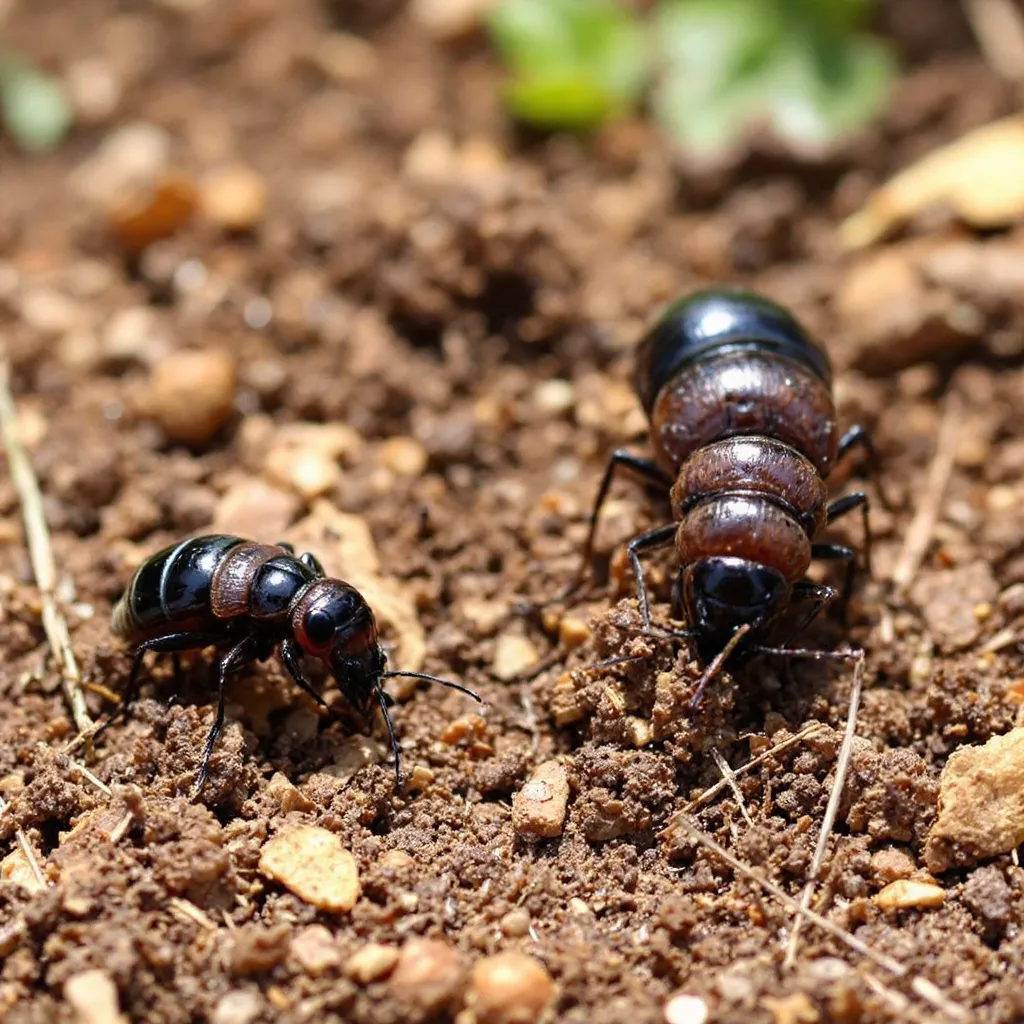
Maintaining a lush, green lawn is a point of pride for many homeowners. However, the presence of pests, particularly grubs and other insects, can quickly turn that pride into frustration. Understanding how to effectively manage these pests is crucial for the health of your lawn. This article will explore the nature of lawn pests, effective control methods, and preventive measures to keep your lawn thriving.
Understanding Lawn Pests
Lawn pests can be broadly categorized into two groups: grubs and other insects. Grubs are the larvae of various beetles, such as Japanese beetles and June bugs. They feed on grassroots, leading to brown patches and a weakened lawn. Other common lawn insects include:
- Chinch bugs
- Armyworms
- Billbugs
- Fleahoppers
Each of these pests has unique behaviors and life cycles, which can affect how they are managed. For instance, grubs are most active in late summer and early fall, while chinch bugs thrive in hot, dry conditions.
Identifying Grubs and Other Lawn Insects
Before you can effectively control lawn pests, you need to identify them. Here are some signs to look for:
- Brown patches: Areas of your lawn that are turning brown may indicate grub activity.
- Increased bird activity: Birds often feed on grubs, so a sudden influx of birds may signal a problem.
- Visible insects: Look for small insects on the grass blades or in the soil.
To confirm the presence of grubs, you can perform a simple test: dig up a small section of your lawn (about 1 square foot) and check for grubs in the soil. If you find more than 10 grubs in that area, it’s time to take action.
Effective Control Methods
Once you’ve identified the pests, you can choose from several control methods. Here are some effective strategies:
Cultural Control
Cultural control involves changing your lawn care practices to make your lawn less hospitable to pests. Consider the following:
- Proper watering: Water deeply but infrequently to encourage deep root growth.
- Fertilization: Use a balanced fertilizer to promote healthy grass that can withstand pest damage.
- Mowing: Keep your grass at the recommended height for your species to reduce stress and vulnerability.
Biological Control
Biological control uses natural predators to manage pest populations. For example:
- Nematodes: Beneficial nematodes can be applied to the soil to target grubs.
- Predatory insects: Introducing ladybugs or lacewings can help control aphid populations.
Chemical Control
If cultural and biological methods are insufficient, chemical control may be necessary. Here are some options:
- Insecticides: Products containing imidacloprid or chlorantraniliprole are effective against grubs.
- Granular treatments: These can be applied to the soil and watered in to target pests below the surface.
Always follow label instructions and consider the environmental impact before using chemical treatments.
Preventive Measures
Preventing pest infestations is often easier than dealing with them after they occur. Here are some preventive measures to consider:
- Regular lawn maintenance: Keep your lawn healthy through regular mowing, watering, and fertilization.
- Soil testing: Conduct soil tests to ensure proper pH and nutrient levels.
- Companion planting: Planting certain flowers or herbs can deter pests naturally.
Conclusion
Managing lawn pests like grubs and other insects requires a combination of identification, control methods, and preventive measures. By understanding the life cycles and behaviors of these pests, homeowners can take proactive steps to protect their lawns. Whether through cultural practices, biological controls, or chemical treatments, the key is to maintain a healthy lawn that can withstand pest pressures. Remember, a well-cared-for lawn is not only beautiful but also resilient against the challenges posed by pests.


